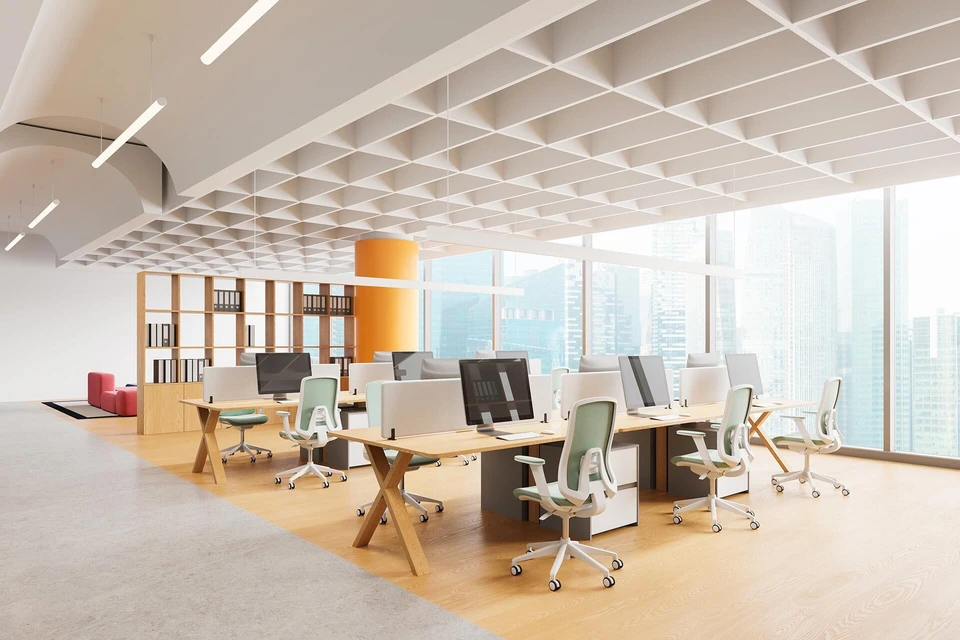The Benefits of Accessibility and Universal Design
| AccessibilityThere are numerous benefits to including accessibility and universal design in every project from the early design stage, says Dania Al-Adhami CPABE-II, newly appointed Principal – Accessibility and Inclusivity Consulting at Design Confidence. For example, market reach is expanded dramatically.
This is because universal design accommodates a broader demographic, including individuals with disabilities, the elderly, parents with strollers, and others with mobility or various accessibility needs. Such expanded inclusivity increases the potential customer, tenant, or user base, ultimately driving greater profitability.
Properties that incorporate universal design principles often command higher resale values due to their broad appeal. Investing in accessibility from the outset offers a stronger return on investment over time. In addition, code compliance ensures risk mitigation and prevents expensive retrofits at later stages.
Incorporating accessibility considerations early in the design process helps prevent potential disputes and legal claims related to accessibility issues. As building codes and accessibility standards evolve, compliance during the design phase becomes crucial to avoid costly retrofits or fines after construction. Proactively addressing these requirements ensures seamless adherence to regulations.
“A major benefit not often considered is brand credibility,” says Dania. Accessible design showcases a commitment to social responsibility, positioning investors and developers as forward-thinking and inclusive. This can distinguish their projects in a competitive market and improve overall public perception.
As corporate social responsibility becomes increasingly important, prioritising accessibility demonstrates a commitment to inclusivity, attracting socially conscious investors, partners, and stakeholders. It also supports developers to achieve their sustainability goals.
Due to an ageing population and a growing number of individuals living with disabilities, the demand for accessible features is expected to increase. Designing with inclusivity in mind ensures that projects remain relevant, functional, and beneficial for decades to come.
Spaces designed with Universal Design principles in mind are more adaptable and can easily accommodate changing uses or requirements, improving longevity and futureproofing. Such designs often take ease of use and long-term durability into account, translating into fewer repairs and lower maintenance expenses over the life of a project.
In terms of commercial spaces, accessible designs foster more inclusive work environments, contributing to the health and safety of employees, increasing their satisfaction, retention, and overall productivity. Such an approach supports a diverse workforce and enhances operational efficiency.
Contact Design Confidence for further information about its accessibility and inclusivity consulting services, and how these are integrated into a holistic service offering for giga projects.






